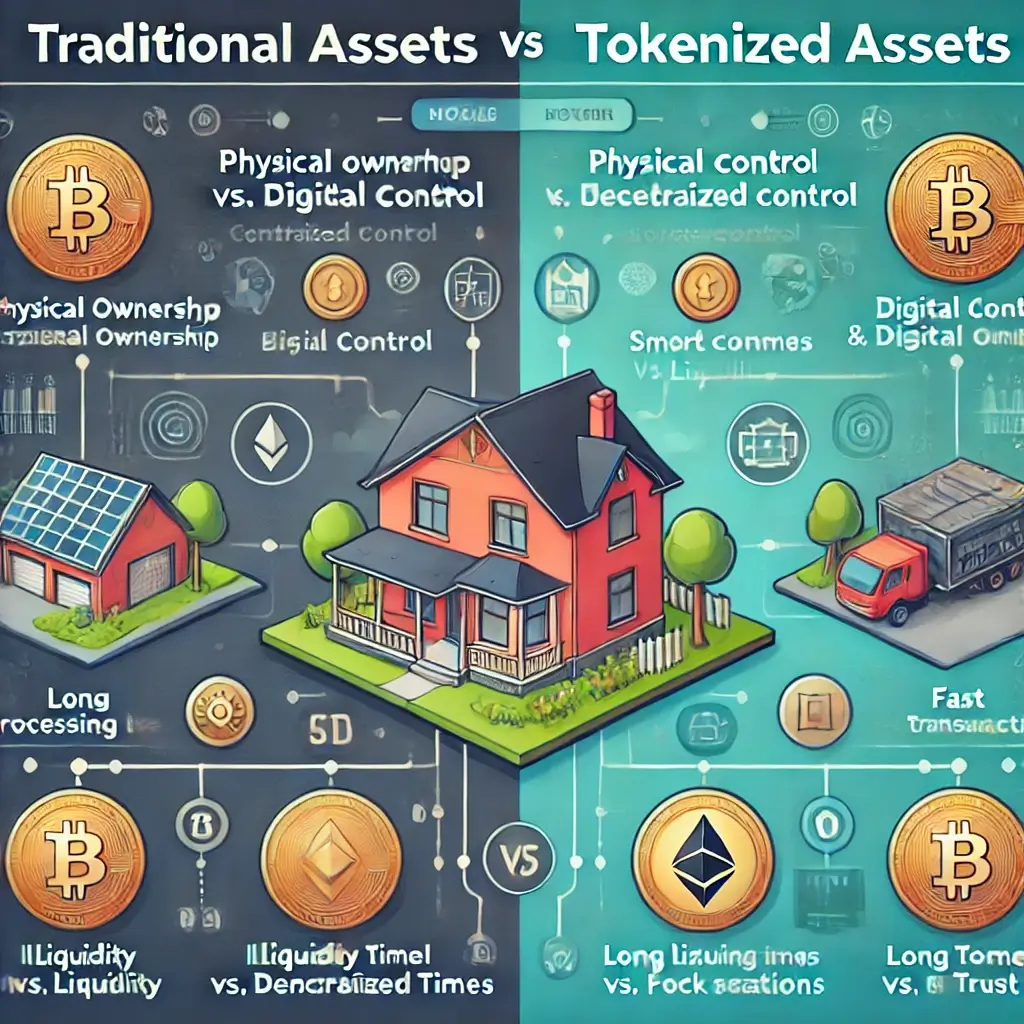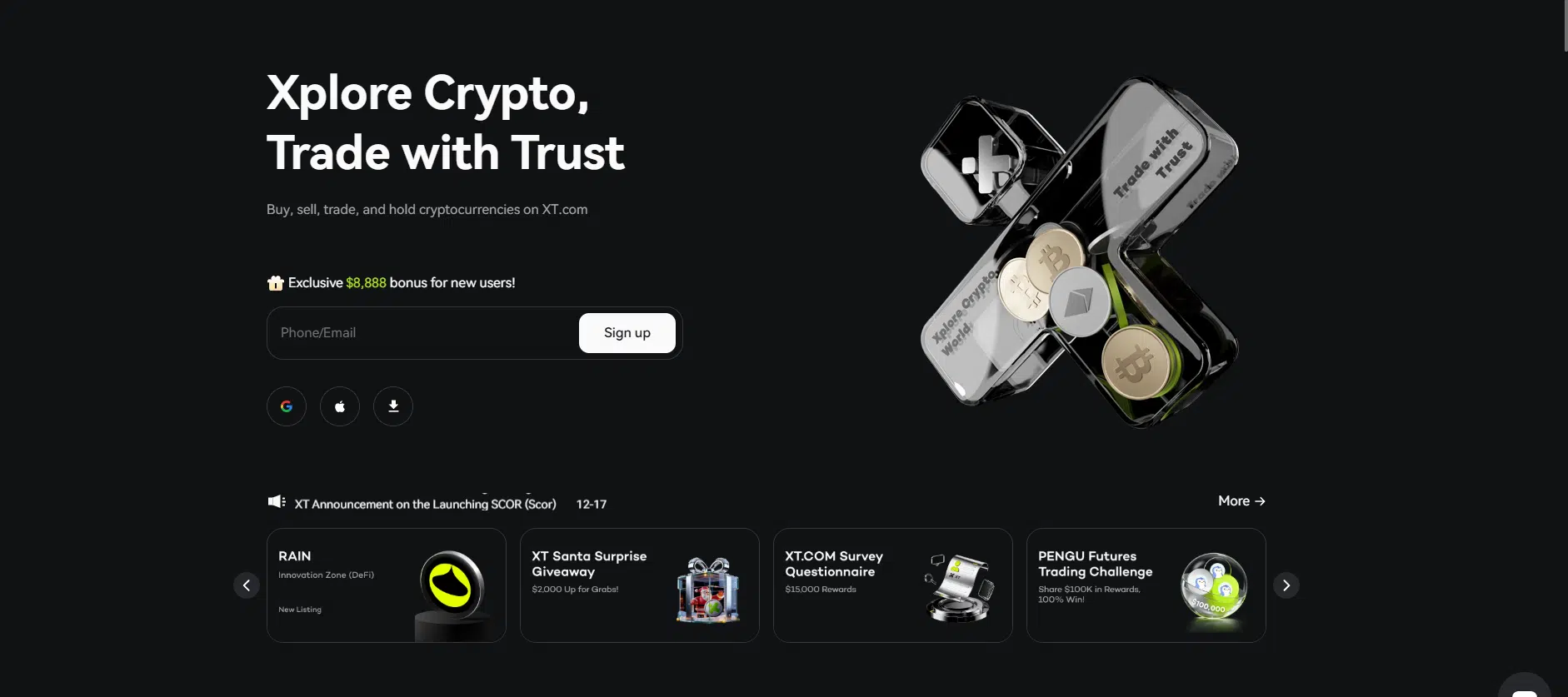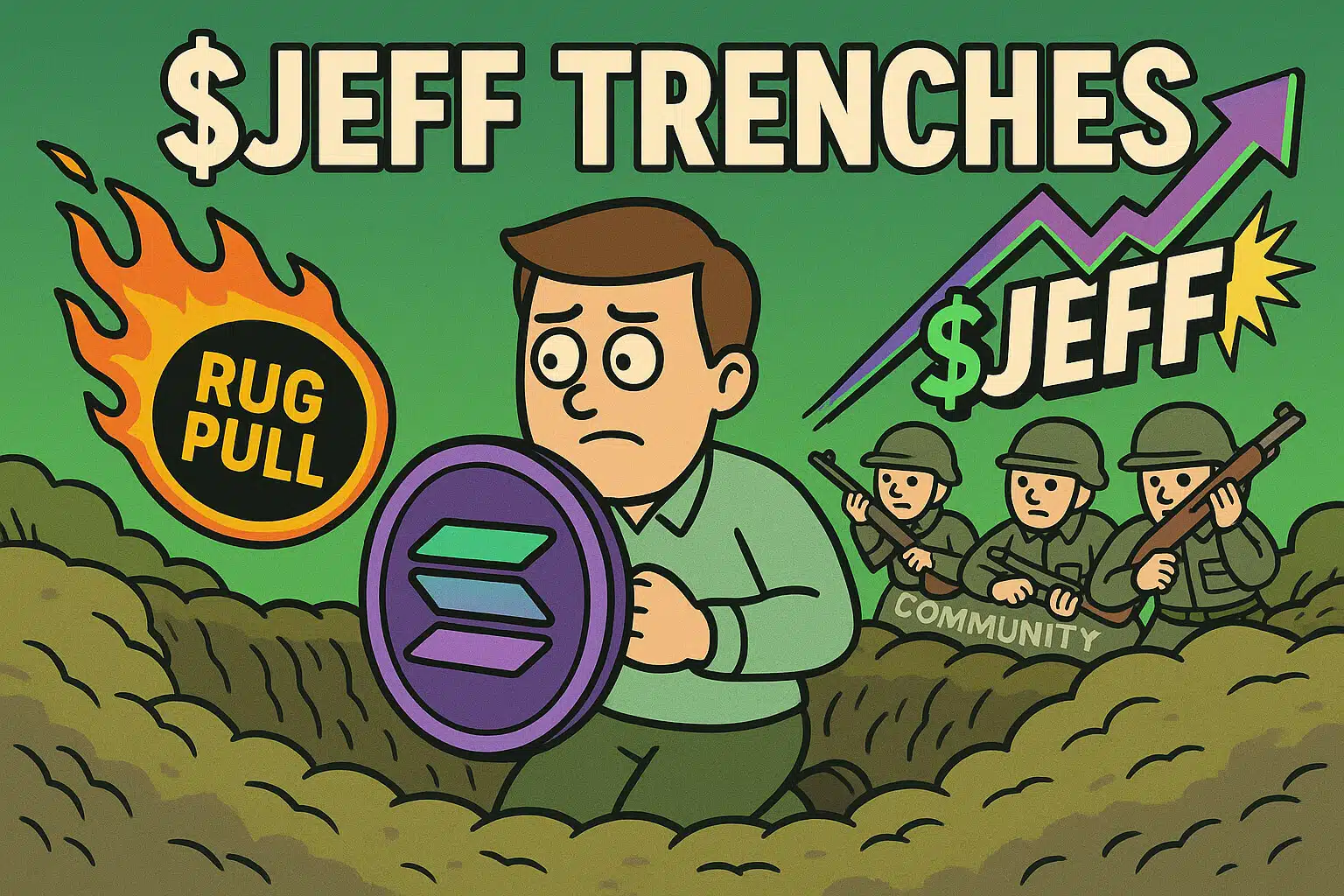The world of blockchain technology is rapidly expanding beyond digital assets and cryptocurrencies. Tokenized physical assets such as real estate, art, and luxury goods are gaining attention for their ability to be represented on the blockchain. Through tokenization, tangible assets are converted into tradable digital tokens, enabling easier access, investment, and trading.
Airdrops, a powerful marketing strategy widely used in the crypto industry, are now becoming a popular method for promoting these tokenized real-world assets. But what exactly is the connection between airdrops and tokenization? And how are airdrops changing the game for asset tokenization?
In this article, we will dive into the connection between airdrops and tokenized physical assets and explore how this innovative approach is reshaping the landscape of asset promotion and investment.
1. What Are Airdrops and How Do They Work?
Before we explore their impact on tokenized physical assets, let’s first understand what airdrops are. An airdrop is a marketing technique where free tokens are distributed to wallet addresses, usually to generate awareness and build interest in a particular project or asset. These tokens are typically sent to users who meet certain criteria, such as joining a Telegram group, following a Twitter account, or completing a simple registration form.
Airdrops can be used in various ways, such as:
- Promoting new projects: Airdrops help get tokens into the hands of early adopters.
- Building communities: Airdrops incentivize people to become part of the project’s ecosystem.
- Increasing token liquidity: Distributing tokens to many users ensures that the asset becomes widely known and easily traded.
2. How Airdrops Are Being Used to Promote Tokenized Physical Assets
Tokenized physical assets are real-world items like real estate, fine art, or precious metals that are represented by blockchain based tokens. By tokenizing these assets, they become easier to trade, invest in, and fractionalize. For example, instead of owning an entire property, investors can own a fraction of a property, making real estate investment more accessible.
Airdrops are proving to be a game-changer in this domain, and here’s how they are being used to promote these tokenized physical assets:
A. Building Awareness Around Tokenized Real Estate
Real estate has long been seen as a stable, traditional investment. However, tokenization is bringing this market into the digital age, allowing smaller investors to participate. By using airdrops, companies behind tokenized real estate projects can distribute tokens representing fractions of real world properties to potential investors. This incentivizes interest and attracts users to a project before it officially launches.
For example, a real estate company might offer an airdrop of real estate-backed tokens to people who sign up for their platform. These tokens may represent fractional ownership of a luxury apartment or commercial property, which users can trade, sell, or hold for long-term growth.
B. Airdrops for Tokenized Art and Collectibles
The world of art is another sector where airdrops are becoming increasingly relevant. Tokenization enables artists to represent their works as digital assets (NFTs) that can be owned and traded online. By offering airdrops of tokenized artwork, platforms and artists can generate buzz and attract potential buyers or collectors.
For instance, a famous artist might partner with a blockchain platform to issue airdrops of limited-edition art tokens that represent ownership of their artwork. This not only raises awareness about the artist but also allows the public to get a taste of the art market, thus driving engagement and investment interest.
C. Promoting Tokenized Luxury Goods
Tokenization also allows high-value luxury goods like watches, jewelry, and rare collectibles to be fractionalized and traded. By utilizing airdrops, platforms can distribute tokens representing ownership or a stake in these luxury items, giving a wide audience the chance to access these traditionally exclusive markets.
Imagine an exclusive watch brand deciding to tokenize a limited-edition timepiece. They could then airdrop tokens to early supporters, creating a buzz and introducing the concept of fractionalized ownership in the luxury market.
3. The Benefits of Using Airdrops to Promote Tokenized Assets
Airdrops provide several advantages for both asset creators and investors:
A. Wider Reach and Adoption
By distributing tokens to a large number of users, airdrops help raise awareness of tokenized assets. Since these tokens are often given for free or in exchange for minimal action, they can reach a broader audience and encourage mass adoption.
B. Building Community and Trust
Airdrops can build a community of early supporters, who become the project’s advocates. In the case of tokenized assets, having a large, engaged community helps drive further interest, making it easier for people to invest and trade the assets.
C. Increased Liquidity
As tokens are distributed widely, they generate market liquidity, making it easier for users to buy, sell, or trade the tokenized assets. Increased liquidity also helps stabilize the market for these assets, which is crucial for attracting institutional investors.
D. Educational Value
Airdrops are also an effective way to educate the public about tokenized physical assets. Through these campaigns, people learn how tokenization works and how they can participate in this emerging market.
![]()
4. Challenges and Considerations in Airdrop Campaigns for Tokenized Assets
While airdrops are highly effective, there are some challenges to consider:
- Regulatory Concerns: The regulatory environment around tokenized assets is still evolving. There may be legal implications for offering airdrops of tokenized real-world assets, particularly in jurisdictions with strict financial regulations.
- Scams and Security Risks: Airdrops can attract fraudulent actors, so ensuring that airdrop campaigns are legitimate is essential.
- Market Saturation: With many airdrop campaigns running simultaneously, standing out can be difficult. Projects need to offer real value through their airdrops to succeed.
Conclusion
Airdrops have become a powerful tool in the promotion and adoption of tokenized physical assets. Whether in real estate, art, or luxury goods, airdrops help introduce the world to these innovative blockchain based assets, while offering significant benefits for both users and investors. As tokenization continues to gain traction, we can expect airdrop campaigns to play a major role in the future of asset promotion, especially as they blend the physical and digital worlds seamlessly.
For more insights and detailed guides on blockchain applications, visit our Blockchain Technology Guides.
Stay Updated
For the latest updates on airdrop campaigns, tokenized assets, and blockchain technology, follow us on:
Stay informed with the latest strategies and insights in the world of cryptocurrency at FreeCoins24.io.
Special Offer
Looking to get involved in airdrops and tokenized assets? Sign up on Bybit today and take advantage of up to $30,000 in deposit bonuses. Don’t miss out on the chance to trade and invest in tokenized assets with a trusted platform.

















